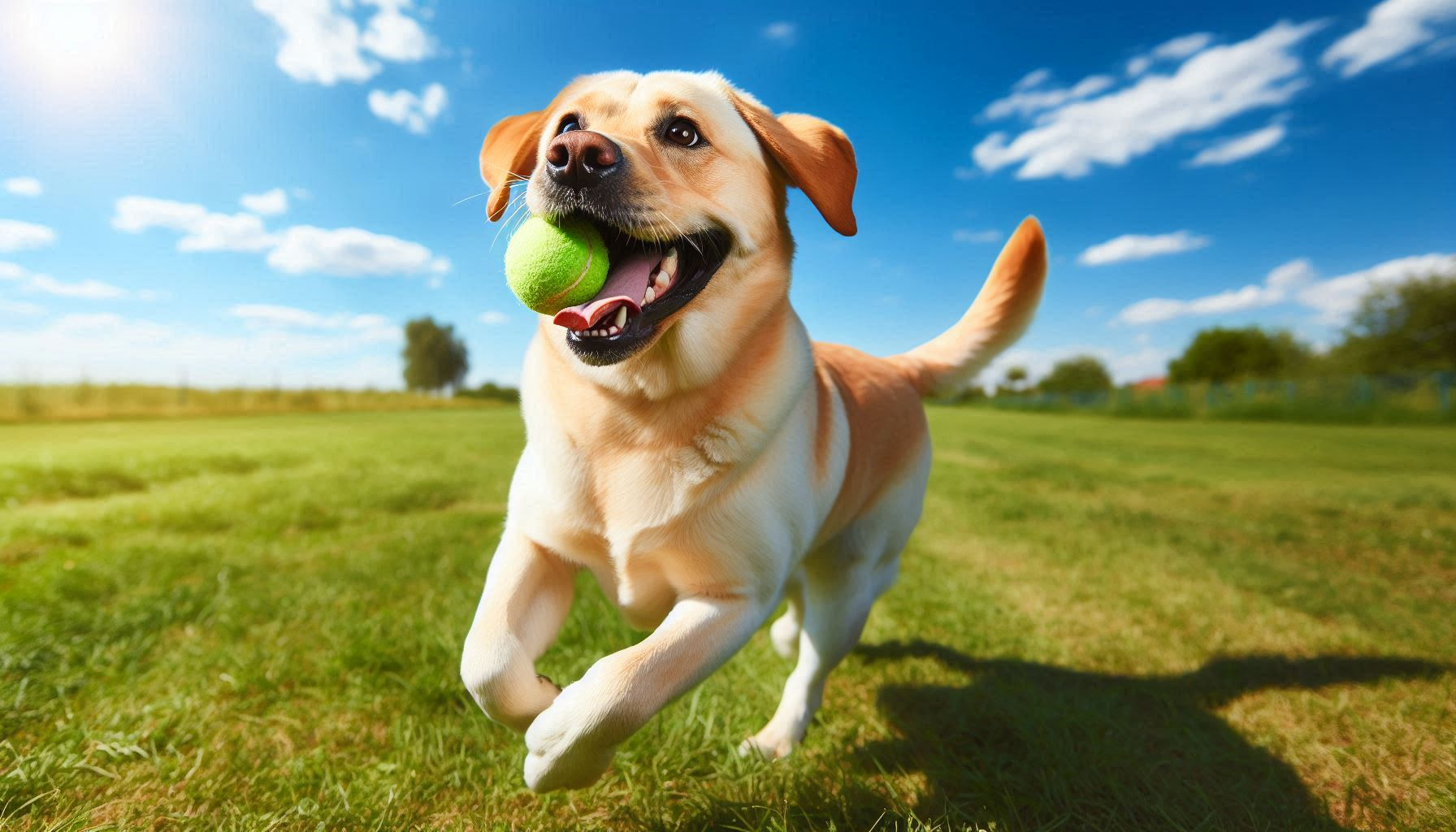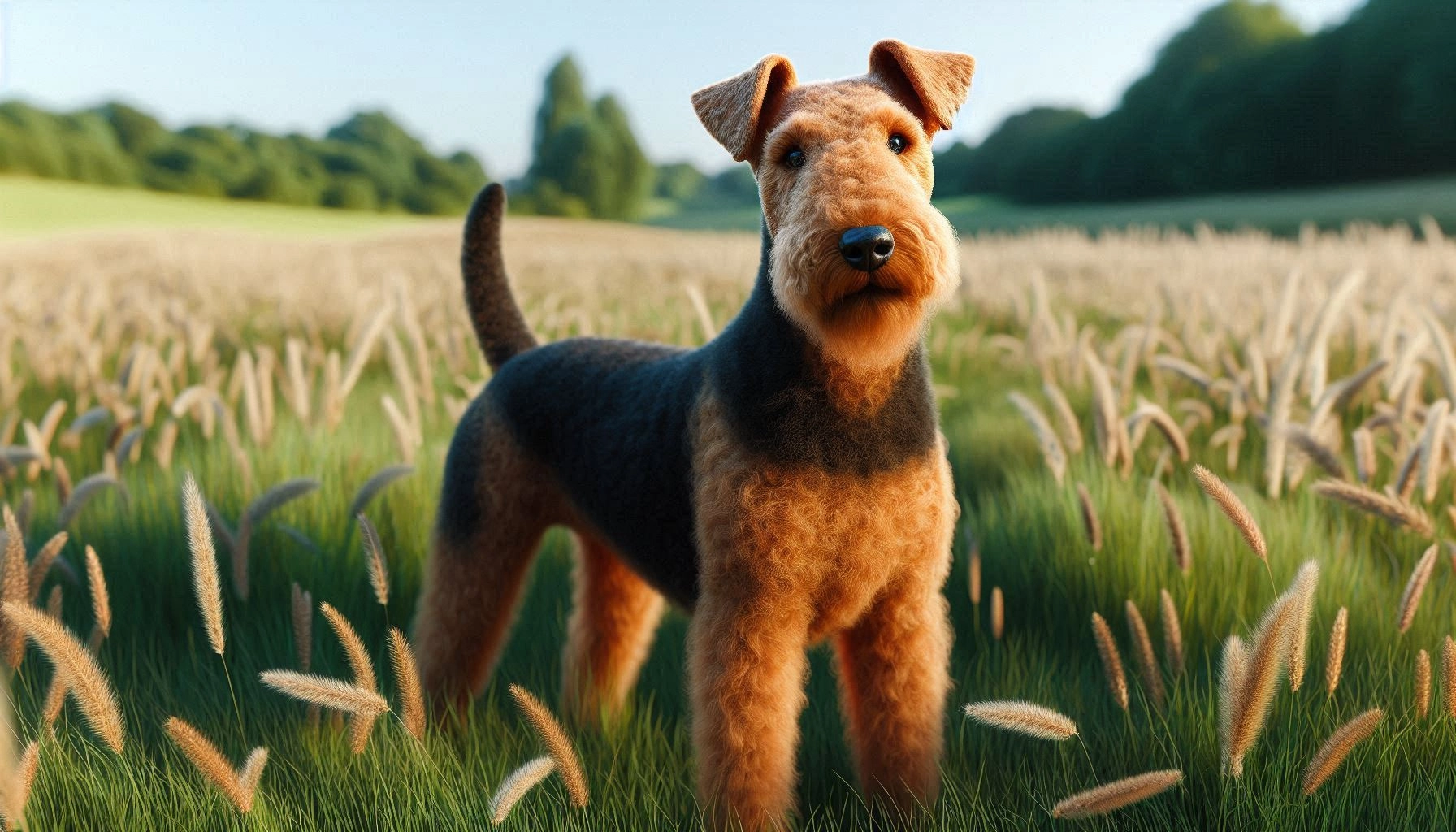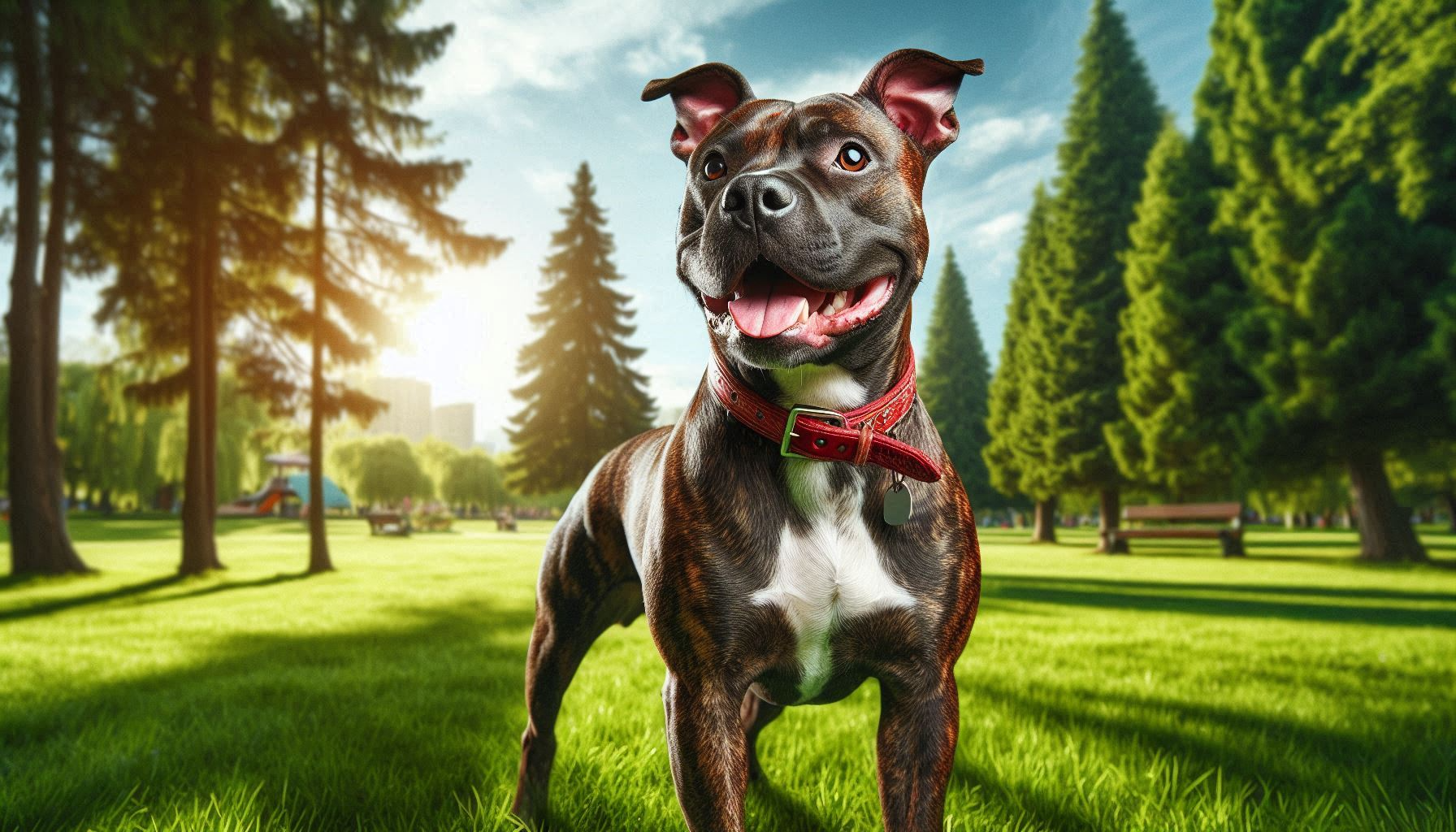Table of Contents
Springador Dog Breed
The Springador, a delightful crossbreed between the Labrador Retriever and the English Springer Spaniel, has emerged as a favorite among dog enthusiasts. Renowned for their energetic disposition, affectionate nature, and impressive versatility, Springadors have garnered attention for their unique blend of characteristics inherited from both parent breeds. Whether you’re looking for a loyal family companion or an active partner for outdoor adventures, the Springador might just be the perfect fit.
History and Origin

The Genesis of the Springador
The Springador, while not as historically entrenched as some pure breeds, has a fascinating origin story rooted in the union of two beloved dog breeds. The Labrador Retriever, originating from Newfoundland, Canada, and revered for its friendly demeanor and exceptional working abilities, was crossed with the English Springer Spaniel, a British breed known for its enthusiasm and hunting prowess. This blend aimed to unite the best traits of both breeds, creating a hybrid that excels in various roles, from family pets to working dogs.
Interesting Historical Facts
- The Labrador Retriever, one of the Springador’s parent breeds, was originally known as the “St. John’s Dog” and was prized for its retrieval skills in waterfowl hunting.
- The English Springer Spaniel has a storied history dating back to Renaissance Europe, where it was often depicted in artwork alongside nobility.
- The intentional crossbreeding of Labradors and Springer Spaniels became more prevalent in the late 20th and early 21st centuries, driven by a desire to combine their best qualities.
Physical Characteristics
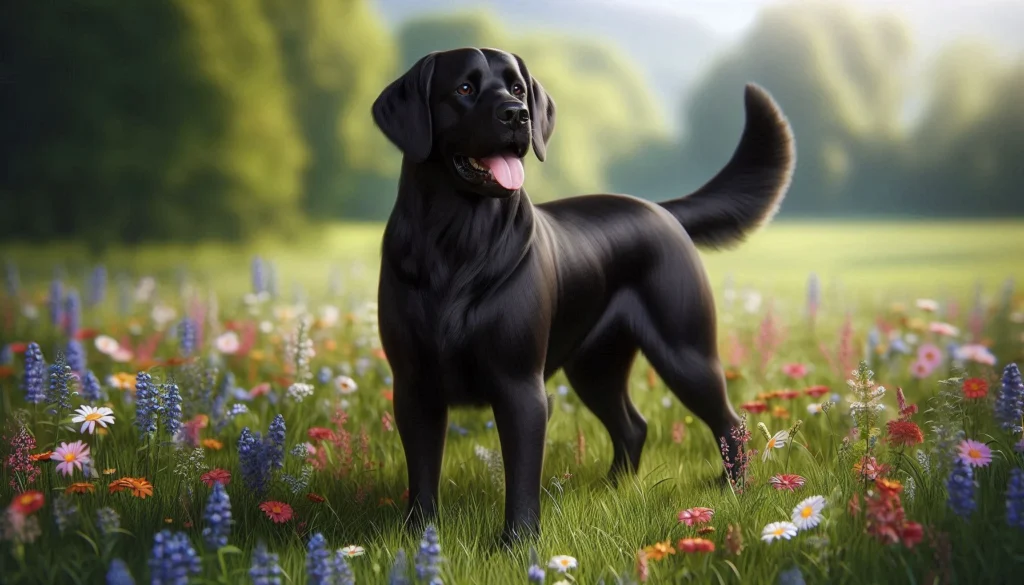
Appearance
The Springador is a medium to large-sized dog, typically weighing between 50 to 80 pounds and standing 18 to 24 inches tall at the shoulder. This breed boasts a sturdy and athletic build, reflecting its energetic nature and working heritage.
Coat Type and Colors
Springadors usually have a dense, water-resistant double coat, a trait inherited from the Labrador Retriever. Their coat can range in length from short to medium, and they often exhibit a slight wave, courtesy of the Springer Spaniel genes. Common coat colors include black, brown, yellow, and a mix of white markings, sometimes with ticking or roaning patterns.
Distinctive Features
One of the most distinctive features of the Springador is its expressive eyes, which can be hazel, brown, or even green. Their ears, typically floppy and medium-length, add to their endearing appearance. Springadors also possess a strong, well-proportioned muzzle and a tail that often displays the enthusiastic wagging characteristic of both parent breeds.
Temperament and Personality
Affectionate and Loyal
Springadors are known for their affectionate and loyal nature. They form strong bonds with their families and thrive on human interaction, making them excellent companions for households seeking a loving pet.
Interaction with People, Children, and Other Animals
Springadors are typically friendly and sociable, getting along well with adults, children, and other animals. Their playful demeanor makes them a hit with kids, while their amiable disposition ensures they coexist peacefully with other pets. Early socialization plays a crucial role in nurturing these positive traits.
Energetic and Intelligent
Inheriting the high energy levels of both parent breeds, Springadors require ample physical and mental stimulation. They are intelligent dogs, often quick to learn new commands and tricks, and excel in various canine sports and activities.
Health and Lifespan
Common Health Issues
Like all breeds, Springadors can be susceptible to specific health issues. Some common concerns include:
- Hip Dysplasia: A genetic condition where the hip joint doesn’t fit properly, potentially leading to arthritis.
- Ear Infections: Due to their floppy ears, Springadors may be prone to ear infections, requiring regular cleaning and monitoring.
- Obesity: Their love for food necessitates portion control and regular exercise to prevent weight gain.
Average Lifespan
Springadors typically enjoy a lifespan of 10 to 14 years, with proper care and regular veterinary check-ups playing a vital role in ensuring a long, healthy life.
Tips for Health Maintenance
- Regular Vet Visits: Schedule annual check-ups to monitor health and address any issues promptly.
- Balanced Diet: Feed a high-quality, balanced diet to maintain optimal health and weight.
- Exercise: Provide daily exercise through walks, playtime, and mental stimulation to keep them physically and mentally fit.
Care and Grooming

Grooming Needs
Springadors have moderate grooming needs. Regular brushing, ideally two to three times a week, helps keep their coat in good condition and reduces shedding. Bathing should be done as needed, and their ears should be cleaned regularly to prevent infections.
Exercise Requirements
Given their high energy levels, Springadors require at least an hour of exercise daily. Activities such as walking, running, fetch, and agility training are excellent ways to keep them engaged and healthy.
Dietary Recommendations
A balanced diet tailored to their age, size, and activity level is essential for Springadors. Opt for high-quality commercial dog food or consult your veterinarian for customized dietary advice.
Training and Socialization
Training Tips
Springadors are intelligent and eager to please, making them relatively easy to train. Positive reinforcement techniques, such as treats, praise, and play, work best. Consistency and patience are key to effective training.
Socialization
Early socialization is crucial for Springadors. Expose them to various environments, people, and other animals during their formative months to develop well-rounded and confident adult dogs.
Challenges and Solutions
- Separation Anxiety: Springadors can be prone to separation anxiety due to their strong attachment to family. Gradual desensitization and providing engaging toys can help alleviate this issue.
- Excessive Energy: Channel their energy through structured activities and training sessions to prevent destructive behavior.
Suitability as a Family Pet

Living Environment
Springadors adapt well to various living environments, from apartments to houses with yards. However, they thrive best in homes that can provide ample exercise opportunities and mental stimulation.
Energy Levels
Their high energy levels make them a great match for active families who enjoy outdoor activities. They can keep up with energetic children and fit seamlessly into an adventurous lifestyle.
Family Dynamics
Springadors’ friendly and gentle nature makes them suitable for families with children and other pets. Their protective instincts also make them vigilant watchdogs, adding an extra layer of security to the home.
Fun Facts and Trivia
- Water Lovers: Like their Labrador parent, Springadors often enjoy swimming and water-based activities.
- Versatile Workers: Springadors excel in various roles, including therapy dogs, search and rescue, and hunting companions.
- Celebrity Appeal: Some Springadors have gained fame on social media platforms, showcasing their lovable and playful nature.
Dog Breeds Similar to the Springador

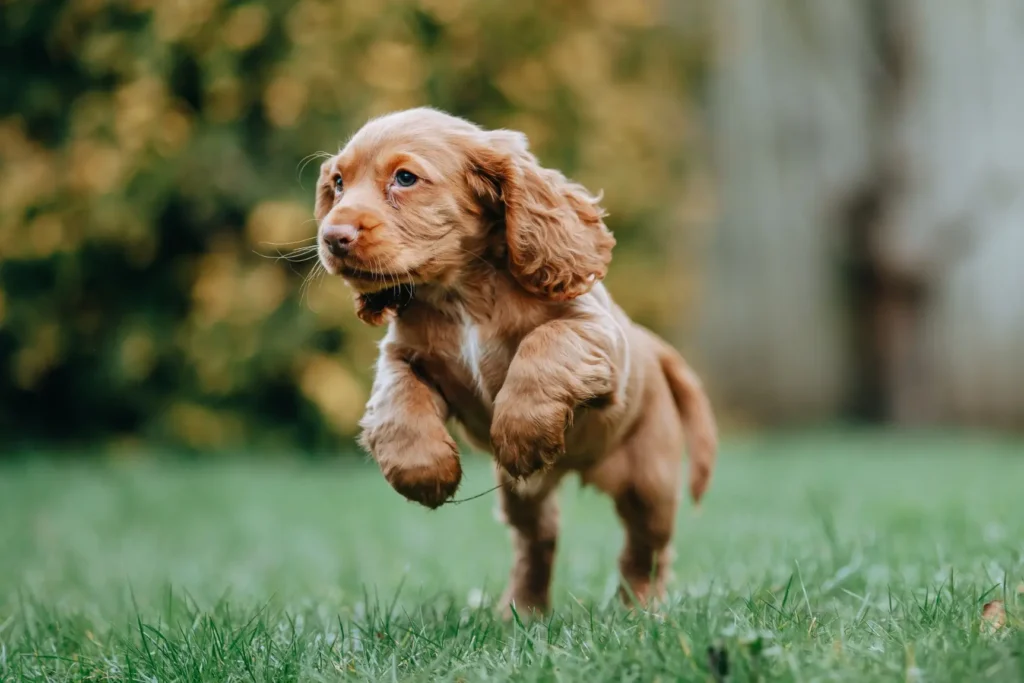

1. Labradoodle
A cross between the Labrador Retriever and the Poodle, Labradoodles share the Springador’s friendly and energetic disposition. They are also known for their hypoallergenic coat, making them a popular choice for allergy sufferers.
2. Cocker Spaniel
As another member of the Spaniel family, the Cocker Spaniel shares the Springador’s affectionate and sociable nature. They are smaller in size but equally loving and energetic, making them great companions.
3. Golden Retriever
Golden Retrievers are renowned for their friendly and gentle temperament, much like the Springador. Their loyal and intelligent nature makes them excellent family pets and versatile working dogs.
Conclusion
The Springador is a delightful blend of the best traits from the Labrador Retriever and the English Springer Spaniel. With their affectionate nature, high energy levels, and versatility, they make excellent companions for active families and individuals. Proper care, training, and socialization are key to ensuring a happy and healthy Springador.
If you’re considering adding a Springador to your family, take the time to learn more about this wonderful breed. Their loving and playful nature is sure to bring joy and companionship to any household.
FAQ
Is the Springador a dangerous dog?
No, the Springador is not considered a dangerous dog. They are known for their friendly and sociable nature, making them excellent companions for families and individuals alike.
Is the Springador the best guard dog to protect you or your family?
While Springadors are protective and can be good watchdogs, they are not typically aggressive. Their primary role is as a loving family companion rather than a guard dog. They may alert you to strangers, but they are generally friendly and welcoming once they sense no threat.
